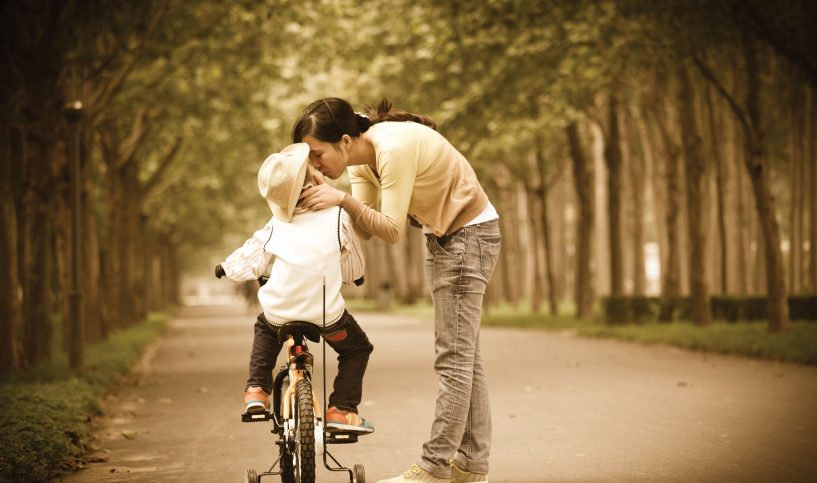The reference to A Nightmare on Elm Street isn’t an accident. Learned helplessness is a type of ingrained or instilled behaviour that has a negative impact on a child’s development, sense of self, and the internal fortitude to invest in the work required to achieve future goals. This is, by anyone’s definition, a nightmare.
As we parent our children, loving them, providing for them, and nurturing them, we develop our own dreams and aspirations for our children. Depending on the era and the culture, we may have differing dreams, but we all have them. It’s our desire as parents to see our children do well in life – personally, socially, and economically. Ironically, it is also our parenting that has the potential to limit our child’s opportunities to achieve.
Learned helplessness is a behaviour manifested in statements like, “I can’t…” or “I don’t want to…” or “This is too hard…” or “Let someone else do it.” Or worse, learned helplessness becomes a perception of self: “I’m no good at anything!” “I’ll never get this right!” “Never mind. I quit.”
The idea of inability develops when a child is not carefully challenged to persist at tasks s/he finds difficult. What is initially helping a child to dress, put away toys, make the bed, or collect school things becomes a detriment to the child’s wellbeing when the “help” continues past the point where the child has the physical dexterity and mental understanding to do the task independently.
When we as parents continue to tie our children’s shoes, make their beds, pack their lunches, round up their homework, or get them out of bed long after they can set an alarm (on an iPhone,) we are not doing them any favors. If we allow anyone else to do these things for our child, we set the stage for the development of learned helplessness.
Research shows there is a direct correlation between learned helplessness and poor academic performance. When a child is not taught to manage himself or herself independently, or he/she is not given age-appropriate responsibilities and held accountable to do them, that child is at risk to fail at school. And it’s not because there’s anything wrong with the child’s intelligence: the problem is thwarted development. When we do not encourage and support our children in trying hard things or in persisting with tasks until completed, or by requiring our children regularly to wait for or to earn things they want, we are setting up our children to struggle in school. Fortunately, this problem is quite easily avoided. Find a list of developmentally appropriate tasks for your child’s age and begin to introduce those skills, one at a time. Follow the Add, Demonstrate, Explain, Practice, & Test (ADEPT) Model of learning. Introduce a new learning task as soon as the previous one is mastered.
For example, if your child is six, then riding a bicycle is a developmentally appropriate activity. No child ever just gets on a bike and rides away (at least none I’ve ever heard of) and so this is an opportunity to follow the principles of ADEPT.
Any task is best arranged from easiest to most difficult. A bike with training wheels first, until the child has the coordination for pedaling, stopping, starting, and turning mastered. Then with encouragement, one training wheel is removed and dad runs along side until the missing training wheel is forgotten. Finally, the other training wheel is removed, and once again, dad runs along side, steadying the bike until the child has the confidence to ride alone – sounds so simple.
In reality, there are falls, scrapes, tears, accidents, anger, and eventually, success…if the child is encouraged to persist. If, at the first fall or bump, the child says, “I’m never going to get it right!”, and is allowed to stomp off, the foundation for avoidance has been started. Certainly scraped knees and a sore backside aren’t pleasant when they happen, but the reality is that the scraped knees are immediately forgotten in the absolute euphoria of riding that bike independently – no training wheels, no daddy’s help – for the first time.
So it goes from toddlerhood to leaving home for college. Eventually, our children have learned how to manage themselves. In the process, we have created the best possible attitude for life – a human being who has learned through experience that persistence, practice, and personal effort create the climate of success. If we as parents truly want to help our children achieve all the promise we believe they hold, we can start by not doing anything for them that they can do for themselves.
A Canadian psychologist traveling the world on a busman’s holiday, Dr. Susannah writes about anything that catches her attention. Bossy from birth, compassionate by choice, and funny by accident. You can visit: www.soorcenter.com or follow her on Twitter: @drsusannah








